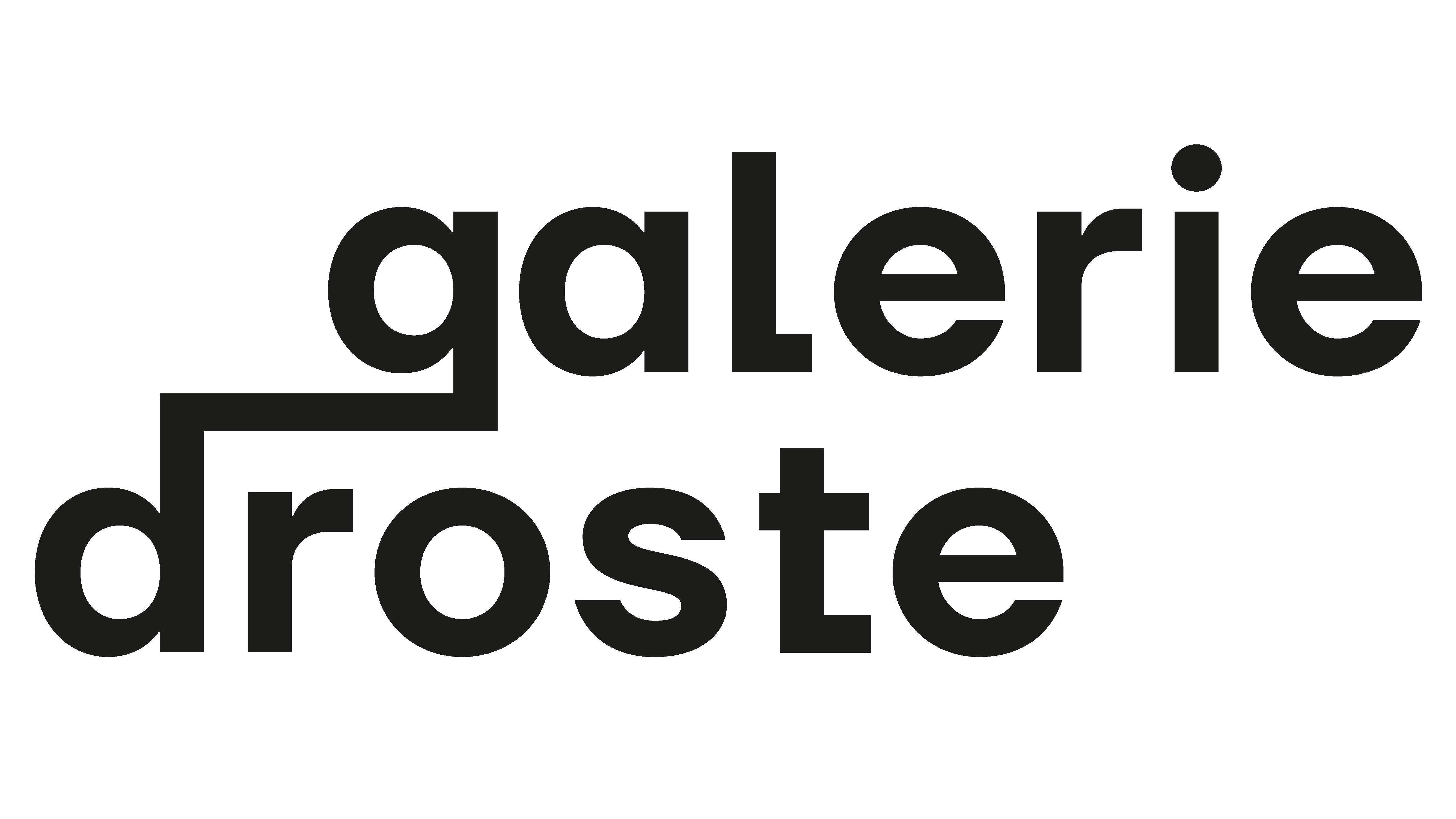JULIUS HOFMANN
PATH NOT TAKEN
72 RUE DES ARCHIVES
75003 PARIS
OPENING RECEPTION:
NOVEMBER 14, 6 - 9 PM
While painting from centuries past may have inspired video games, the latter can also make an impact and influence the imagination of today's painters. With irony and clever hindsight, Julius Hofmann references Elden Ring in his new exhibition at Galerie Droste, Path not taken. Without being an aficionado, the twist given to the landscapes in this universe inspired him in the creation of this new series of eleven paintings. Here, we see a kind of 21st-century Correspondances[1], where new digital actors enter the game of our synesthesia and where new images can inspire the oldest recognized techniques of our arts. In French, to translate this poetically, one could say: un chemin qui jamais n’a été emprunté. There is a touch of melancholy, humor, fear, and a sense of the unknown. It is a path less traveled in his career, one where there are no overly full bodies, and where there is no longer so much overflow, impertinence, harshness without a guiding light, and vulgarity superbly aware of its uninhibited presence. It is a step that seems to move away from trashiness, toward contemplation and back to interiority.
There is an almost romantic shift in Julius Hofmann's work, bordering on symbolism, in the landscapes he chooses to highlight and emphasize. Yesterday, he had already referenced Arnold Böcklin in his painting 1 Millionth Happy Customer (2022, in Western Philosophies, Galerie Droste Düsseldorf, February 2023), and today, his inspiration comes from references such as Andrew Wyeth's Christina's World (1948): worlds dominated by silence, silhouettes, fragments of silent destinies, finally. This new series pays homage to the atmosphere, softened by the use of pastel colors, with a less stark and violent purple than usual; it is like an unusual softness, which already existed in the artist's birds, islands, and textures, always meticulously crafted, but which is given free rein here, like an irrepressible desire for simplicity and nuance, mitigation and beauty? Let's risk the word. But also, and above all, a form of challenge, at a time when we are more than ever confronted with The Work of Art in the Age of Mechanical Reproduction[2]. However, in this new paradise, there are still vivid and flamboyant canvases: we find the artist's characteristic energy, which cannot do without movement, muffled noise, subtitles, and narrative. All of Hofmann's canvases carry within them a well-honed story; however calm they may be, they have a past and a heavy, very real legacy of reflection.
Persistent, the geometrization of forms is still there: the painter's brush tends here to summarize the figure, structured to define its purest essence, like a wooden puppet. In these paintings, there are actors who seem to play like dolls; from a distance, they appear, make their presence felt, and serve as models—here almost impersonal—for a message deeper than themselves. As intercessors, they convey something quite mysterious, no longer seeing us, no longer concerned with our gaze. References to symbols follow one another, figures known since myths have been myths appear without shame or more discreetly: while Narcissus is not lacking in pride, in all his voluptuous grace that almost makes him a woman, other scenes resemble Cezanne reinterpreted digitally, our century and the world of pure dreams. There are almost his bathers, who do not seem far away, those who are masculine, hermaphroditic, like Hofmann's Narcissus, there is Sainte Victoire, which comes back to our memory. Nothing here is realistic, except for the color of the flesh and the proportions, contrasting with a dreamlike color: that persistent purple, punctuated by gray and bright orange, no doubt the vivid hues of the artist's dreams, day and night.
- Laure Saffroy-Lepesqueur


